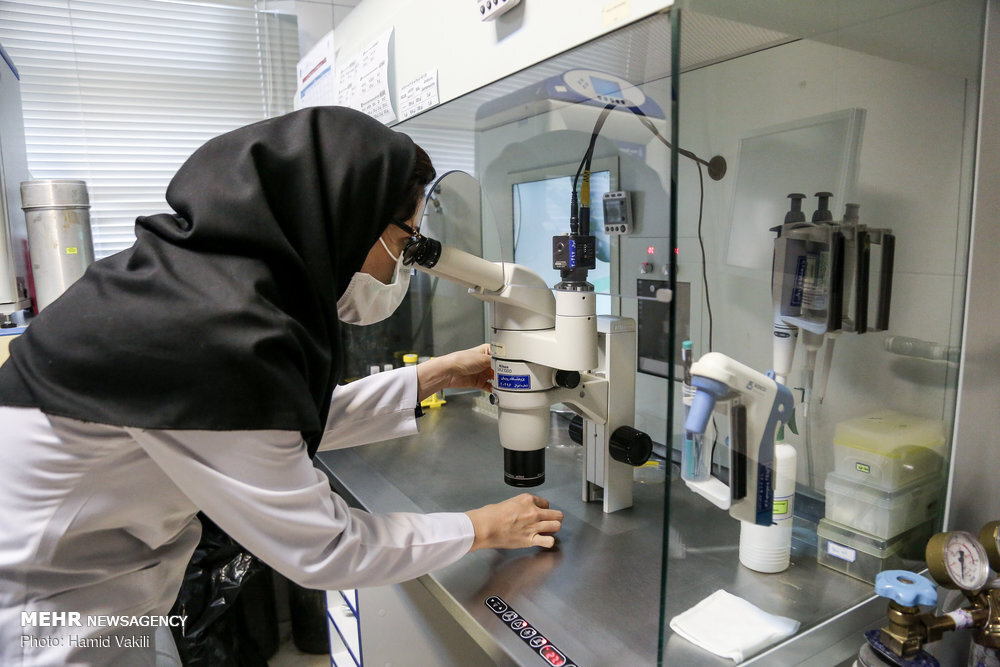481 Iranians among world’s most cited researchers

TEHRAN – The Islamic World Science Citation Center (ISC) has listed 481 Iranian scientists among the top one percent of the highly cited scientists worldwide in 2021.
ISC is the third internationally accredited citation center established in Iran based on a resolution adopted in 2008 by the 4th Meeting of the Islamic Ministers of Higher Education (ICMHESR) in Baku, the capital of the Republic of Azerbaijan, to index, evaluate and publish scientific productions in Islamic countries.
One of the main tasks of ISC in order to introduce the most cited authors, researchers and top scientific countries in the Islamic world, is to provide the possibility of identifying and examining the influence of scientific articles of researchers and elites, ISC head Mohammad Javad Dehqani said.
In fact, the top 20 percent of researchers produce 66 percent of the world’s science, and also receive 85 percent of the world’s citations.“Developed countries have planned and invested in attracting researchers from all over the world, which makes them the largest destination for the migration of elites.
The world’s top one percent of elites produce 14 percent of the world's science, and the same group receives 24 percent of the world's citations. The criterion for selecting top researchers is the number of citations made to their articles.
Accordingly, researchers who have been able to achieve the highest level of international credibility based on their research are among the top 1 percent and 20 percent of researchers in the world. However, based on the principles of scientometrics, up to 20 percent of the world's top researchers can be considered among the top elites in the world. In fact, the top 20 percent of researchers produce 66 percent of the world’s science, and also receive 85 percent of the world’s citations.
The list of highly cited researchers in the top 1 percent is a report of highly cited researchers in 22 subject areas of science in the WoS (Clarivate Analytics) Database of Basic Science Indicators over a 10-year period.
The criterion for selecting the top one percent of researchers is the number of citations made to their scientific articles. A total of 481 researchers from Iran were identified and introduced as "highly cited researchers of the top one percent".
Some 170 scientists (about 35%) are working in the field of engineering. The field of agricultural sciences with 58 top researchers (about 12%) and the multi-disciplinary subject field with 57 scientists (about 12%) are the most influential scientific fields in the country,” he explained.
Most recently, Eight Iranian scientists have been listed among the top two percent of the scientists with the greatest impact in technology in 2021 worldwide, according to Stanford University and global indicators.
Iran’s significant contribution to world’s scientific growth
The share of Iranian articles with international participation has had significant growth of 209 percent during an eight-year period (2013-2020), becoming the Islamic world’s leading country in science diplomacy, according to the Scopus International Citation Database.
This improvement is not limited to the number of articles and the country’s share in terms of top articles (the quality) grew from 0.95 percent in 2013 to 4.28 percent in 2020, which indicates a 350 percent growth in the production of the world’s top articles, he explained.
The growth has not been limited to the field of research and has been very significant in the field of technology; for instance, the creation of 13 science and technology parks, 4,553 technology units, and 1,653 new knowledge-based companies during the last eight years could provide employment for 34,707 university graduates.
In November 2020, scientific studies and analyses extracted from the Scopus International Citation Database showed that the rate of scientific contributions of Iranian researchers to the world increased from 17 percent in 2011 to 31 percent in 2020, becoming the world’s leading country in science diplomacy with 14 percent growth.
The development of international scientific partnerships and diplomacy is one of the main policies of Iran, which is also emphasized by the country's higher education system, Mohammad Javad Dehghani, head of the Islamic World Science Citation Center (ISC), said.
One of the most important indicators of scientific participation is the share of the latest joint international scientific findings in the total scientific publications of the country, he added.
FB/MG

Leave a Comment